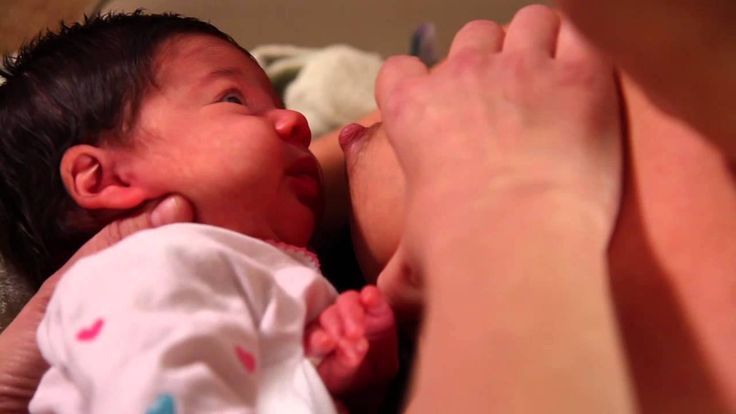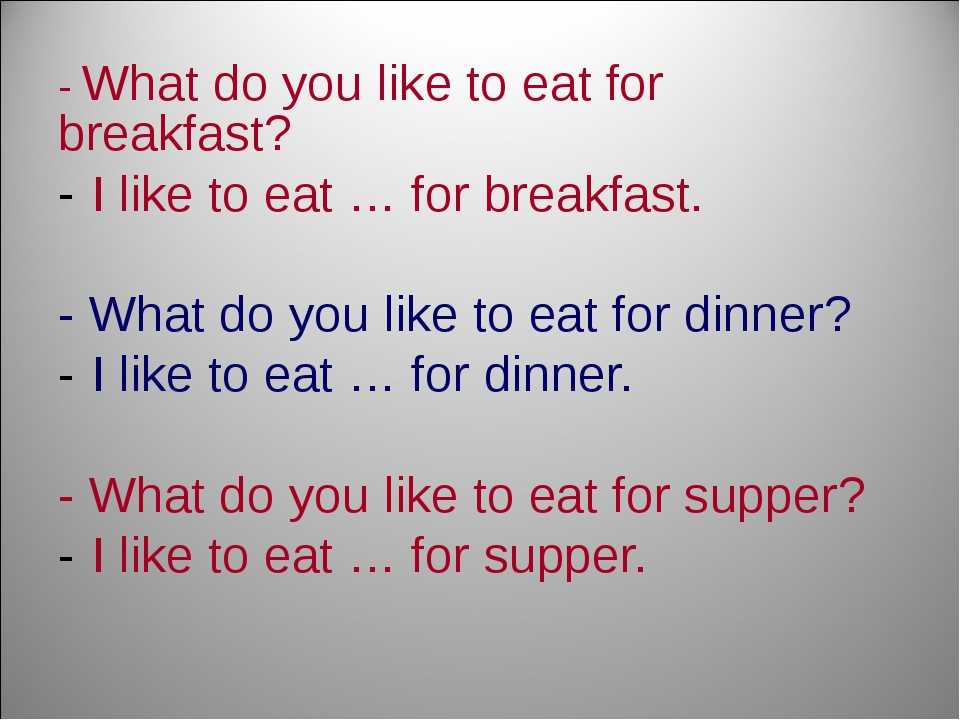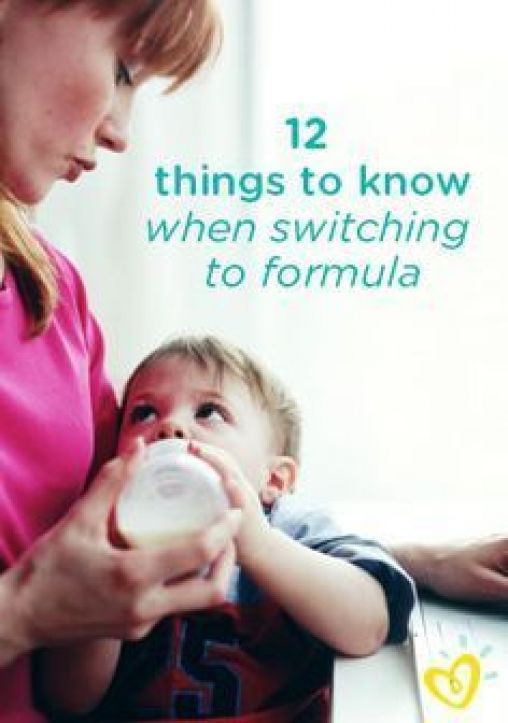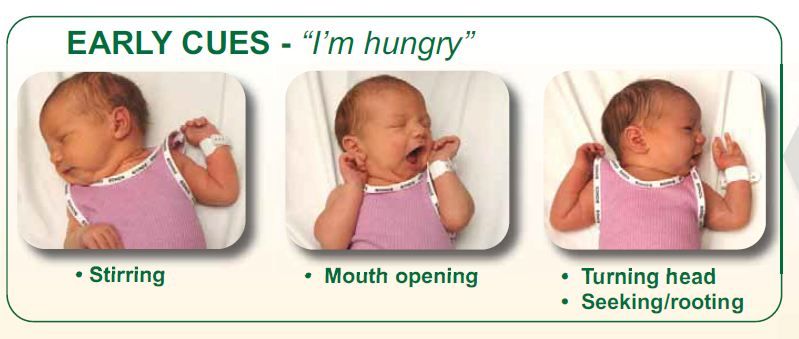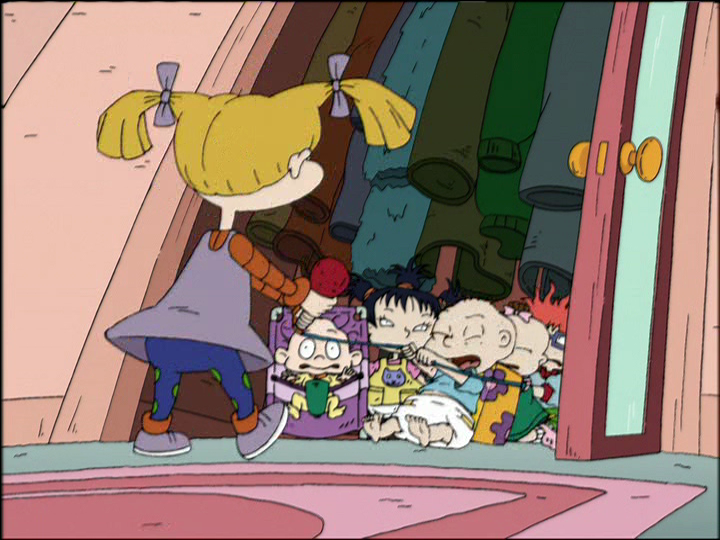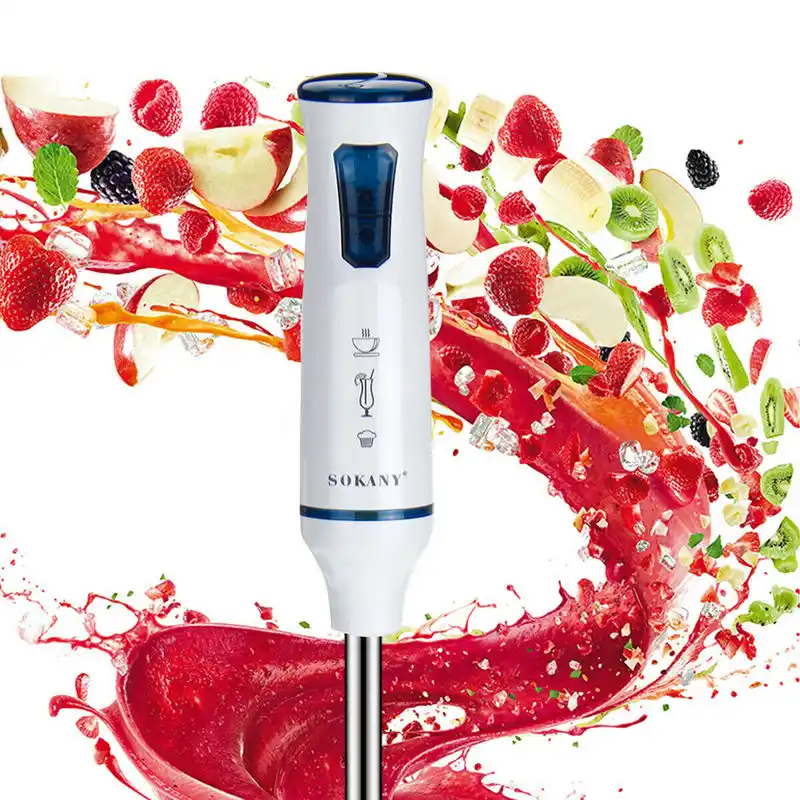Baby keeps pulling off nipple while feeding
Baby Fussing At Breast? 7 Reasons Babies Get Fussy
We know the benefits of breastfeeding are amazing for both the mother and her baby.
Although breastfeeding can be a real bonding experience for a mother and her baby, toddler, or older child, it can be frustrating at times.
Babies can be really fussy when breastfeeding and mothers can find it hard to deal with it. After all, isn’t breastfeeding supposed to be natural and easy?
Do you find yourself wondering why your little baby might be squirming, crying, or pulling on and off the breast?
Having a fussy baby is actually very common. Read on for more information about why your baby is fussing at breast.
Why is my baby fussing at the breast?
There are many different reasons why your baby is fussing at the breast.
The main things to check are attachment and positioning. These are the most important things to get right when breastfeeding your baby.
When you get positions right at the very start, things will flow much better!
When babies are attached well they feel secure and comfortable and relax much better throughout the feed. If they are latched well they can also remove milk more effectively.
It’s also important for a mother to feel in control and confident right from the start. Babies are very in tune with their mums, so if mum is stressed, a baby might pick up on it.
Be kind, and don’t put too much stress on yourself when you first start out. It’s normal for a mum and her baby to take some time to learn how to work together.
Reach out for support and breastfeeding help early from reputable services, such as the Australian Breastfeeding Association, La Leche League, or an International Board Certified Lactation Consultant (IBCLC).
In the early days, when your breast milk first comes in, your breasts can feel very full and firm. It can be really hard for your baby to stay latched. This is called engorgement.
It can also happen if your baby occasionally goes too long between feeds or doesn’t drain the breast well.
Babies often struggle to stay latched until the breast softens a little, which happens once some milk is removed.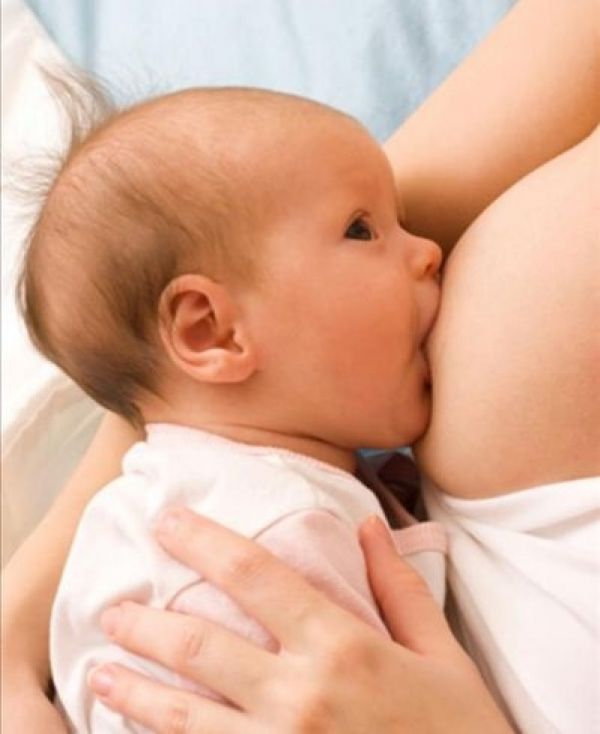
Reverse pressure softening can help with this. After a few days of frequent feeding, your breasts should settle and it will be easier for your baby to stay latched.
Expressing some of your milk before breastfeeding can also help to soften the breast a little.
Why does my baby keep latching and unlatching?
Getting to know your baby and paying attention when your baby is feeding can help you figure out why she might be latching on and off.
Some babies fuss a little at the start of the feed to get the milk flow going. This stimulates the nerves to get your let-down reflex going.
Once the milk flow starts they often settle into the feed and start to gulp at the breast in a regular, rhythmic way.
If you want to help the let-down happen faster, you can express a little bit before attaching. This lubricates your nipple and starts the milk flow. It can speed up the process for your fussy baby.
Baby keeps pulling away while breastfeeding
Babies are still learning to regulate their suck-swallow pattern. Once the let-down starts, some breastfed babies struggle to keep up with the fast flow of milk. If they’re overwhelmed, this can make them pull away.
Once the let-down starts, some breastfed babies struggle to keep up with the fast flow of milk. If they’re overwhelmed, this can make them pull away.
Your baby could also be suffering reflux, which can also cause symptoms such as pain, fussiness, and unsettling behavior.
Read some breastfeeding tips in Reflux In Babies – 10 Common Questions Answered.
If you’re particularly full, the pressure in your breast can make it even worse, and reverse pressure softening can help (see above for more information).
Another way to manage a fast let-down is to lean back to slow the milk flow. If your little one is resting in a more upright position on your chest or your body, rather than under your breast, she can manage the fast flow of milk much better.
Read BellyBelly’s article Overactive letdown- 6 tips to manage it for other ideas.
Why does my baby grunt and squirm while breastfeeding?
Imagine being on a liquid diet!
Babies have so much to learn and manage when they’re born. In the first few days of feeding, they work hard to draw out the lovely colostrum, which is just perfect for their needs.
In the first few days of feeding, they work hard to draw out the lovely colostrum, which is just perfect for their needs.
Then, suddenly the milk comes in and they have an abundant flow of ‘full cream milk’ to fill their tiny tummies.
Your body isn’t quite sure yet how much milk you will need, so it gives you an abundance until your baby regulates your supply to meet her needs.
It takes a while for breastfed babies to figure out what’s going on with their new, working digestive systems.
Milk is coming in, something is coming out the other end, and they might also have gas to manage, at either one end or the other.
Imagine you’ve just eaten a huge meal and you’re feeling extremely full. You just want to stretch yourself out to fit in all the food you just took in.
If your newborn baby is particularly squirmy and grunts while breastfeeding, it might be simply that she needs to burp.
It could also be a warning that she’s about to give you an extra job to do. Watch out for a ‘pooplosion’!
Watch out for a ‘pooplosion’!
Babies soon let you know what is bothering them.
Are You Getting BellyBelly’s Baby Week By Week Updates?
We think they’re the best on the internet!
Click to get the FREE weekly updates our fans are RAVING about.
Baby keeps pulling off breast and relatching
Some babies fuss at the breast when they’re trying to draw more milk out.
If your let-down happens but it’s short and sweet, your baby may well become fussy as she works to get more milk out.
A let-down can occur several times throughout a feed and the extra stimulation of your baby fussing and pulling can trigger more milk to come.
When the flow slows, massage and breast compressions during breastfeeds can help more milk to be pushed out. Your baby might settle again as she concentrates on taking the extra milk you are giving her.
The extra stimulation can also help trigger another let-down. Empty the breast really well to promote supply, and keep a close eye on your breasts to protect them from blocked ducts.
Switching from side to side several times throughout the feed can also reduce baby’s fussiness.
If you’re concerned about your supply for any reason, and your baby’s fussiness at the breast continues, reach out for support from an IBCLC or your nearest lactation consultant.
How do I know my baby is full when breastfeeding?
Babies get so much better at feeding as they get older. They also get better at communicating their needs to their mothers.
One minute you’re being taught to feed for at least 15 minutes on each side, so your baby gets enough milk.
The next thing you know your baby gets on and feeds for five minutes, and then pushes away as if she doesn’t want any more.
You’re left thinking she can’t possibly have had enough to fill her, so you try to get her to latch on for longer. This makes the baby feel frustrated, start to cry, and push you away.
Just when you get your head around one aspect of breastfeeding, things change. You simply have to learn to adjust.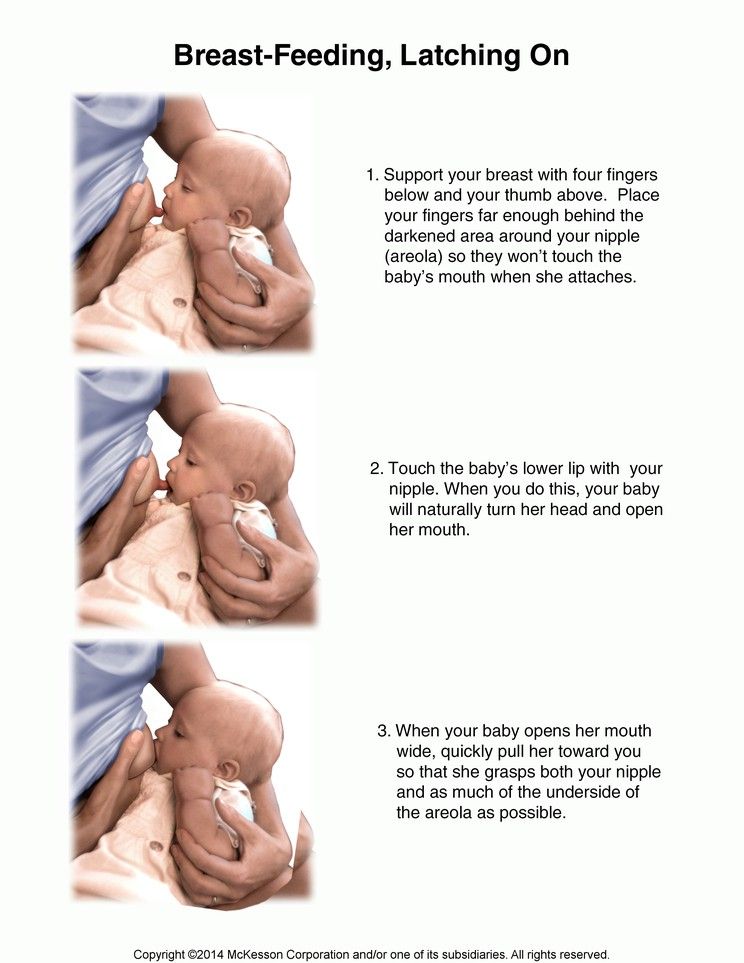
If your baby is able to come to the breast any time she wants, she will get very good at telling you when she wants to, and when she has had enough.
Trust your baby and your body to work together.
Often when babies have had enough they’ll detach and pull away from the breast. They can sometimes get frustrated and cry when their mother tries to get them back on.
Another thing they do is fall asleep.
Lifting the little arm that’s most likely resting on your chest is a good way to tell.
If your baby’s hand is closed in a fist and she resists you when you lift it, she’s probably not finished. If the hand is open and floppy she’s probably had enough.
Will my baby unlatch when the breast is empty?
Your breasts are never really empty. You might feel they’re less full, but you can usually squeeze some milk out if you try.
Generally, babies will unlatch when they’ve had enough.
Giving your baby unrestricted access to your breast will help her get what she needs, and also maintain your milk supply.
Why is my baby fussy at the breast in the evenings?
At the end of the day, you can feel so drained, compared with the start of the day.
It’s understandable you might feel like you don’t have enough milk – especially when your baby wants to cluster feed in those witching hours.
Cluster feeding is a normal stage for many newborns and it can continue for several months.
It tends to wear them out after a few hours and they will often zonk out and start to sleep a little longer.
Cluster feeding also helps boost your milk supply and set it up for the next day.
Switch sides and use massage during cluster feeding times, as it can push more milk out or trigger another let-down.
Why does my baby pull away and cry while breastfeeding?
A baby will often refuse the breast at certain times and it can be tricky trying to figure out why.
Here are some reasons to consider:
- Teething. Underneath those cute little gums in your baby’s mouth are tiny teeth waiting to erupt.
 They could be moving around and giving your little one some discomfort. Check out our article on Teething Symptoms for some great remedies
They could be moving around and giving your little one some discomfort. Check out our article on Teething Symptoms for some great remedies - Wonder Week. A baby goes through developmental leaps and growth spurts at different stages, as the brain makes many rapid new connections. These times can understandably make babies really unsettled, cranky, irritable and generally unhappy, as they don’t know why they are experiencing all these new feelings. Find out more about how to manage in Understanding The Wonder Weeks
- Tiredness. Feeding your baby to sleep is never the wrong thing to do, and many babies happily go off to sleep at the breast. Some babies refuse the breast and this magical trick doesn’t work for them. Watch out for their cues. If they seem really upset and are fussing at the breast, try another way to help them get to sleep
- Thrush. Sometimes babies can be fussy at the breast if they’re irritated. They might have a white coating on their tongue, which looks like milk residue but it doesn’t wipe away.
 It could be a build-up of candida albicans, otherwise known as thrush. It can also give your nipples a pretty rough time, too, if they become infected. If you’re concerned that you or your baby might have thrush, have your doctor or health professional check you out
It could be a build-up of candida albicans, otherwise known as thrush. It can also give your nipples a pretty rough time, too, if they become infected. If you’re concerned that you or your baby might have thrush, have your doctor or health professional check you out - Menstruation. Did you know your breast milk can change when you go through ovulation or when you get your period? There are also other reasons your breast milk might change. These changes could be causing your baby to be fussy at the breast or not want to nurse. Check out BellyBelly’s article What Does Breast Milk Taste Like to find out more
- Pregnancy. Just like when you get your period, your breastmilk can change when you become pregnant, and your little one might start to get fussy when feeding. Babies are clever and intuitive and can notice when things are a little different. Some babies manage to continue to feed happily during your pregnancy and some don’t like the changes in flavor or amount and could start to show their displeasure.

How do I know my baby is getting enough breast milk?
When your baby is very fussy at the breast it can leave you feeling deflated and doubting your supply and your ability to feed your baby.
If your baby is fussy she could be having growth spurts or developmental leaps. Letting her feed whenever she needs to will boost your milk supply and she will usually settle in a few days.
If you’re concerned about how much milk your baby is getting, watch out for the 3 Reliable Signs your baby is getting just what she needs from you.
What can I do if I can’t figure out why my baby is fussing at the breast?
If you’re worried and nothing you do seems to work, then reach out for help. This is the first and best thing you can do for you and your baby.
Some babies are fussy when they’re unwell. Your doctor can help you rule out any medical concerns such as gastroesophageal reflux disease, food sensitivity, or allergy.
The Australian Breastfeeding Association or a Lactation Consultant (IBCLC) are the experts and can guide you with breastfeeding tips, assess what might be going on, or reassure you if you’re still worried.
Just remember – you are not alone. So many mothers are right there with you at the end of the day when everyone is most tired and cranky.
You’re doing an amazing job of being the best mother you can be for your baby. Well done!
Baby Keeps Unlatching but Still Hungry?
Wondering why your baby keeps unlatching but is still hungry and crying? Learn 5 reasons why and how to address each issue.
Unlatching after breastfeeding would be fine, if only your baby wasn’t doing it dozens of times in a typical feeding session. She’s constantly coming off the breast every few seconds, but then slurps right back on each time. To make it worse, she acts like she’s still hungry, even though she’s unlatching herself.
She also fusses and seems unsettled when she unlatches, even gulping and gasping for air. In fact, she cries when she pulls off, frustrated before trying to latch back on.
The constant latching and unlatching is wreaking havoc on your nipples. Having to re-latch her is testing your patience, and you’re getting pretty frustrated with breastfeeding.
You don’t want to give up, but you find yourself in tears every time you feed her.
When baby keeps unlatching but is still hungry
Many of us can get thrown off by all the constant unlatching. Perhaps your breastfed baby always seems hungry when she unlatches. She tugs at your nipples, or seems to cry repeatedly in frustration.
In an ideal world, you’d latch her once and relax into a comfortable position for a good stretch of time. What you don’t want is to feel on edge anticipating when or how many times she’ll unlatch during a feed.
I hear you, mama.
As always, the best place to look for solutions is always with your doctor or lactation consultant. Not only will she be able to observe how your baby nurses, she also knows your specific needs and circumstances.
Once you’ve done that, let’s take a look at a few reasons your baby is unlatching so often, and solutions you can try to turn things around:
1. Fast letdown
Does your milk seem to gush out all at once, especially in the beginning? This is pretty common for many moms, especially if you haven’t nursed or pumped in several hours.
You can imagine how an excess of milk can make for an uncomfortable and even frustrating feeding for your baby. She likely unlatches so she doesn’t have to drink all the milk that’s coming out at once.
If you suspect that a fast letdown could be culprit, try pumping a few minutes before feeding. This helps express the fore milk, which might not be filling her up as much as the hind milk would.
You can also try nursing on a recline and your baby on top of you. Work against gravity to prevent the milk from just gushing out. Let any excess milk she doesn’t swallow simply spill out the sides of her mouth. This way, she doesn’t feel like she’s gulping down too much milk.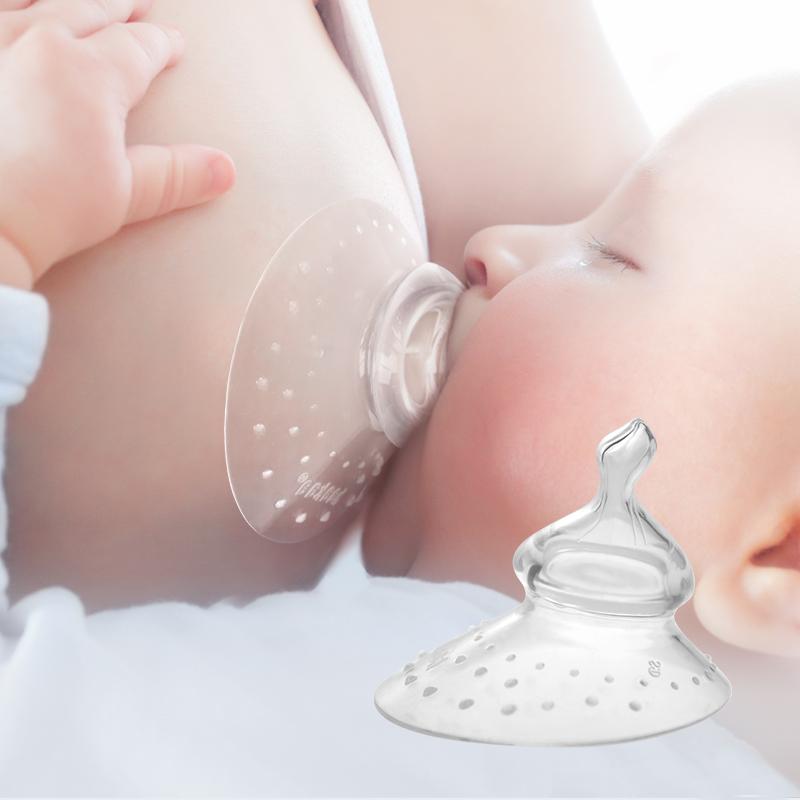
Free download: Do you struggle with getting her to sleep? Her awake time just might be affecting how well she sleeps or not. Join my newsletter and get One Mistake You’re Making with Your Baby’s Awake Time—at no cost to you. Don’t make the same mistakes I did—help her fall asleep with this simple trick:
2. Slow flow
If a fast letdown isn’t the problem with your baby unlatching, perhaps a slow milk flow could be the issue. She could be tugging at your nipples in the hopes of getting more milk, especially if she’s particularly hungry.
One simple remedy is to switch sides. If she was fine nursing on one side but suddenly starts unlatching, see if she’ll stay put if you put her on the other side. Another option is to compress the top of your breast, as if you’re pushing the milk down toward the nipple.
3. Gas
Many parents point to gas as one of the biggest issue with unlatching. Your baby might need to burp, expel gas, or even poop, making for an uncomfortable nursing session.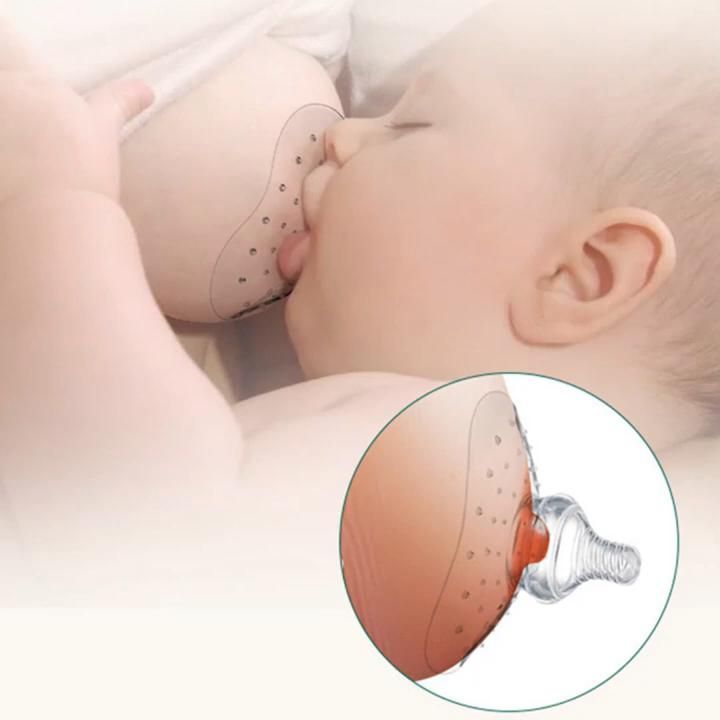
Try burping her frequently throughout the feeding, not just toward the end. In fact, if she unlatches, use that as an opportunity to see if she’ll burp. Repeat when you switch sides, and of course after she’s done feeding.
Experiment with different burping positions, and do bicycle kicks and other leg exercises throughout the day to get her to fart as well. I also used gas drops and gripe water to help with gas issues, which seemed to help.
Take a look at these baby burping tricks.
4. Stuffy nose
Try drinking a glass of water with your nose plugged and you can see how difficult it can be to breastfeed with a stuffy nose. If your baby is sick and can’t breathe easily through her nose, this could be making her want to unlatch to catch her breath.
To make breastfeeding easier:
- Feed her at an incline or somewhat upright so that any congestion and mucus she has moves downward.
- Use saline drops or a suction tool like the NoseFrida to clear her nose.

- Run a humidifier or vaporizer in the room.
5. Silent reflux
Consult with your baby’s pediatrician, especially if her behavior doesn’t seem to improve. Silent reflux can often affect the way babies nurse, including unlatching. Your pediatrician will be able to diagnose medical issues, including silent reflux, and offer medicine that can help.
If anything, reaching out will reassure you and give you peace of mind that you’re doing all that you can.
Conclusion
As if breastfeeding weren’t challenging enough, your baby keeps unlatching (even though she looks hungry for more). Knowing potential reasons can help you pinpoint solutions to turn things around.
For instance, gas and digestion issues can be making her unlatch over and over. A fast letdown might mean more milk gushing out than she can take, while a slow flow could be frustrating her. Congestion could make it hard for her to swallow, as can medical issues like silent reflux.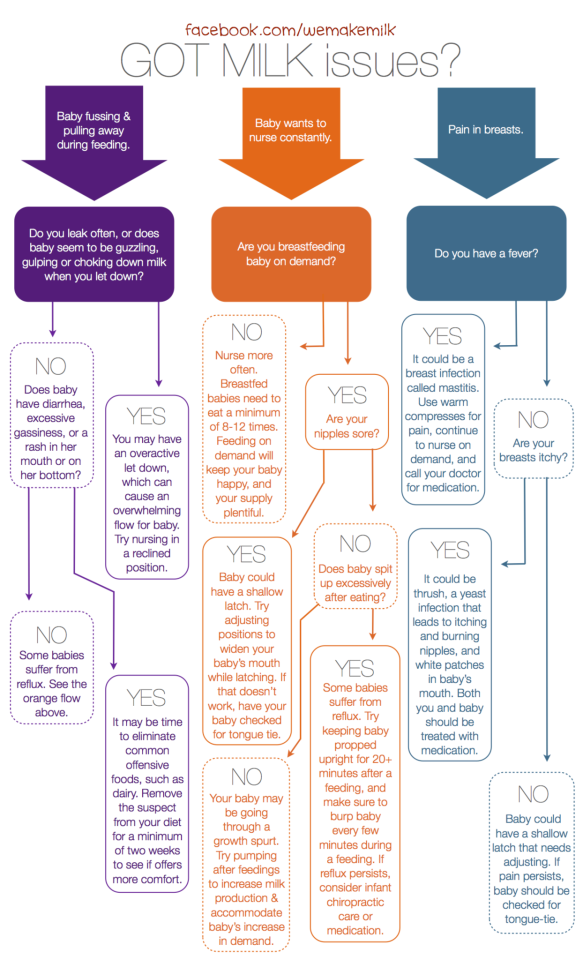
You can nurse her for a long stretch of time, and with only having to unlatch once—at the end of the session, of course.
Get more tips:
- What to Do When Your Baby Pulls Back to a Shallow Latch
- When Breastfeeding Hurts (Even with a Good Latch)
- Breastfeeding Secrets Every Mom Should Know
- When Does Breastfeeding Get Easier? Top Tips to Ease the Pain
- How to Breastfeed Twins: A Step-by-Step Guide
Don’t forget: Join my newsletter and get One Mistake You’re Making with Your Baby’s Awake Time—at no cost to you:
Prejudices related to breastfeeding
Instead of an introduction, I would like to say that the ideas of modern women about breastfeeding are a collection of prejudices. They are so common that in many books for expectant mothers and in magazines for parents, it is actions based on prejudice that are described as correct and necessary.
“Breastfeeding is something incredibly difficult, almost no one is able to feed for a long time, everyone always has a lot of problems and one sheer inconvenience”
There is nothing easier, more comfortable, more enjoyable for mother and baby, and, by the way, cheaper than properly organized breastfeeding. But for that to be the case, breastfeeding needs to be learned. The best teacher in this matter may not be a book or a magazine for parents, but a woman who has been breastfeeding her child for a long time, more than a year, and receiving positive emotions from this. There are women who breastfeed for a long time and perceived it as a punishment. For example, one mother fed a child for 1.5 years and for all these 1.5 years she pumped after each feeding, and when she decided that she was enough and decided to wean the child, she had mastitis due to wrong actions. Now she tells everyone that breastfeeding is hell. She didn't feed her baby properly for a single day.
But for that to be the case, breastfeeding needs to be learned. The best teacher in this matter may not be a book or a magazine for parents, but a woman who has been breastfeeding her child for a long time, more than a year, and receiving positive emotions from this. There are women who breastfeed for a long time and perceived it as a punishment. For example, one mother fed a child for 1.5 years and for all these 1.5 years she pumped after each feeding, and when she decided that she was enough and decided to wean the child, she had mastitis due to wrong actions. Now she tells everyone that breastfeeding is hell. She didn't feed her baby properly for a single day.
"Breastfeeding spoils the shape of the breast"
It is true that breastfeeding does not improve the shape of the breast, but the breast changes during pregnancy. It is then that it increases and becomes heavier, and, if its shape contributes to this, it “sags”.
Breast changes during lactation. Approximately 1-1. 5 months after birth, with stable lactation, it becomes soft, produces milk almost only when the baby suckles. After the end of breastfeeding, 1.5-3 or more years after the birth of the baby, involution of the mammary gland occurs, lactation stops. Iron "falls asleep" until the next time. Under natural conditions, the end of breastfeeding always coincides with a decrease in the baby's need for breastfeeding. The chest remains soft, inelastic. The shape of the breast largely depends on the presence of adipose tissue in it, the amount of which decreases during prolonged breastfeeding. After the end of breastfeeding, adipose tissue is gradually restored. If a woman does not feed a child, the involution of the mammary gland occurs within the first month after childbirth. The shape of the breast still does not return to its pre-pregnancy state. And if you think about it and figure out why a woman has breasts at all? It's for breastfeeding.
5 months after birth, with stable lactation, it becomes soft, produces milk almost only when the baby suckles. After the end of breastfeeding, 1.5-3 or more years after the birth of the baby, involution of the mammary gland occurs, lactation stops. Iron "falls asleep" until the next time. Under natural conditions, the end of breastfeeding always coincides with a decrease in the baby's need for breastfeeding. The chest remains soft, inelastic. The shape of the breast largely depends on the presence of adipose tissue in it, the amount of which decreases during prolonged breastfeeding. After the end of breastfeeding, adipose tissue is gradually restored. If a woman does not feed a child, the involution of the mammary gland occurs within the first month after childbirth. The shape of the breast still does not return to its pre-pregnancy state. And if you think about it and figure out why a woman has breasts at all? It's for breastfeeding.
"Breastfeeding spoils the figure"
Many women are afraid to gain weight while breastfeeding.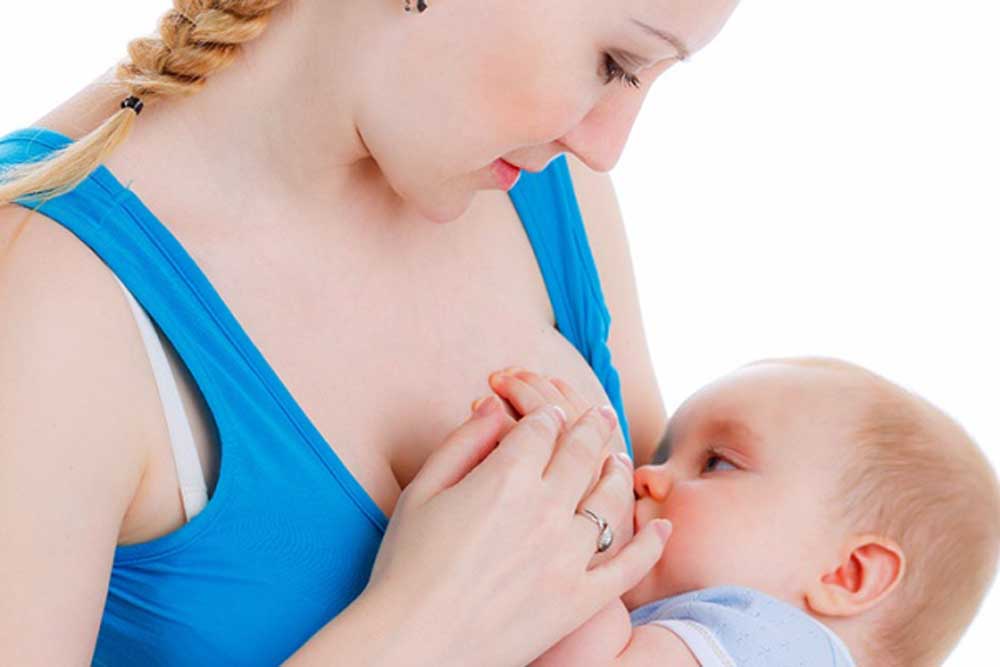 But usually a woman gains weight mainly during pregnancy, and not when she is nursing. Moreover, if before pregnancy she tried to meet certain fashionable standards, for example, 90-60-90, during pregnancy she returns to her weight, her genetically incorporated physiological norm (and it may be far from fashionable standards) + the well-known 7-10kg per uterus, fetus, amniotic fluid, increased volume of circulating blood and a little bit more for various little things. Weight gain during pregnancy can be significant. Many women begin to lose weight after 6-8 months of feeding, and gradually, in the second, third year of feeding, she “drops” everything that she has accumulated. It turns out that the figure from breastfeeding often just improves.
But usually a woman gains weight mainly during pregnancy, and not when she is nursing. Moreover, if before pregnancy she tried to meet certain fashionable standards, for example, 90-60-90, during pregnancy she returns to her weight, her genetically incorporated physiological norm (and it may be far from fashionable standards) + the well-known 7-10kg per uterus, fetus, amniotic fluid, increased volume of circulating blood and a little bit more for various little things. Weight gain during pregnancy can be significant. Many women begin to lose weight after 6-8 months of feeding, and gradually, in the second, third year of feeding, she “drops” everything that she has accumulated. It turns out that the figure from breastfeeding often just improves.
Very often it turns out that a woman, having stopped breastfeeding 1.5-2 months after giving birth, begins to gain weight. Perhaps this is due to the resulting hormonal imbalance, tk. no woman is designed for such a rapid cessation of lactation.
"You have to prepare the breast for feeding." And then various recommendations follow, from sewing hard rags into the bra to advice to the husband at the end of pregnancy to “dissolve the ducts” of his wife
There is no need to prepare the breast for feeding, it is so arranged by nature that by the time of birth it is quite ready to feed the child. Cloths, for example, can cause skin irritation. Any manipulation of the nipple at the end of pregnancy can lead to very undesirable consequences due to the stimulation of the oxytocin reflex: stimulation of the nipple - release of oxytocin - contraction of the muscles of the uterus under the influence of oxytocin - the uterus is "in good shape" - and, as the worst option, stimulation of premature labor. And in general, has anyone seen a cat with a rag in a bra, or a monkey doing a hardening shower massage?
“With a flat, let alone inverted nipple, breastfeeding is impossible”
Strange as it may seem to people who have never breastfed, a baby's nipple is just a point from which milk flows.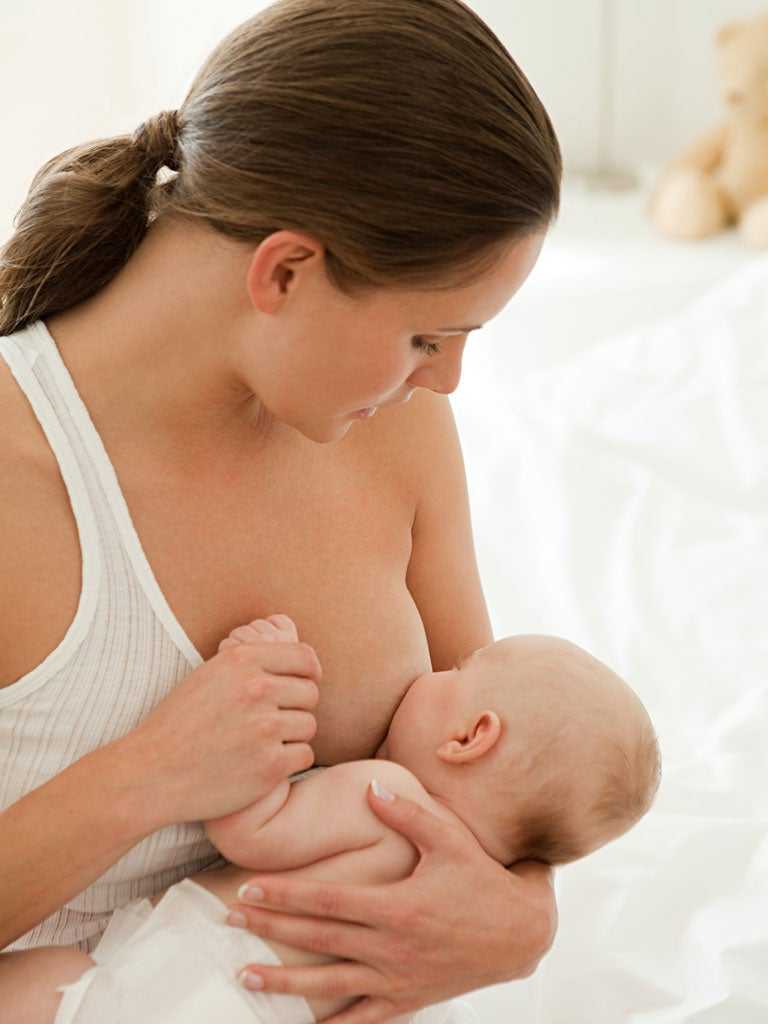 If the child sucks in the correct position, then the nipple is located at the level of the soft palate and does not participate in the actual sucking. The child sucks not the nipple, but the areola, massaging, decanting it with the tongue. A breast with a flat or inverted nipple is difficult for a baby to hold in his mouth while suckling and it is more difficult for him to suck on it. Mom should show patience and perseverance in the first days after the birth of a child. Any child is perfectly trained to suck even the most uncomfortable, from our point of view, breast.
If the child sucks in the correct position, then the nipple is located at the level of the soft palate and does not participate in the actual sucking. The child sucks not the nipple, but the areola, massaging, decanting it with the tongue. A breast with a flat or inverted nipple is difficult for a baby to hold in his mouth while suckling and it is more difficult for him to suck on it. Mom should show patience and perseverance in the first days after the birth of a child. Any child is perfectly trained to suck even the most uncomfortable, from our point of view, breast.
The nipple changes shape during sucking, stretches and takes on a more comfortable shape for the baby, usually in 3-4 weeks. There are also various devices called "nipple formers". They are put on immediately after feeding, when the nipple is slightly extended by the efforts of the child and worn until the next application. The nipple formers hold the nipple in an extended position. But even without these things it is quite possible to do.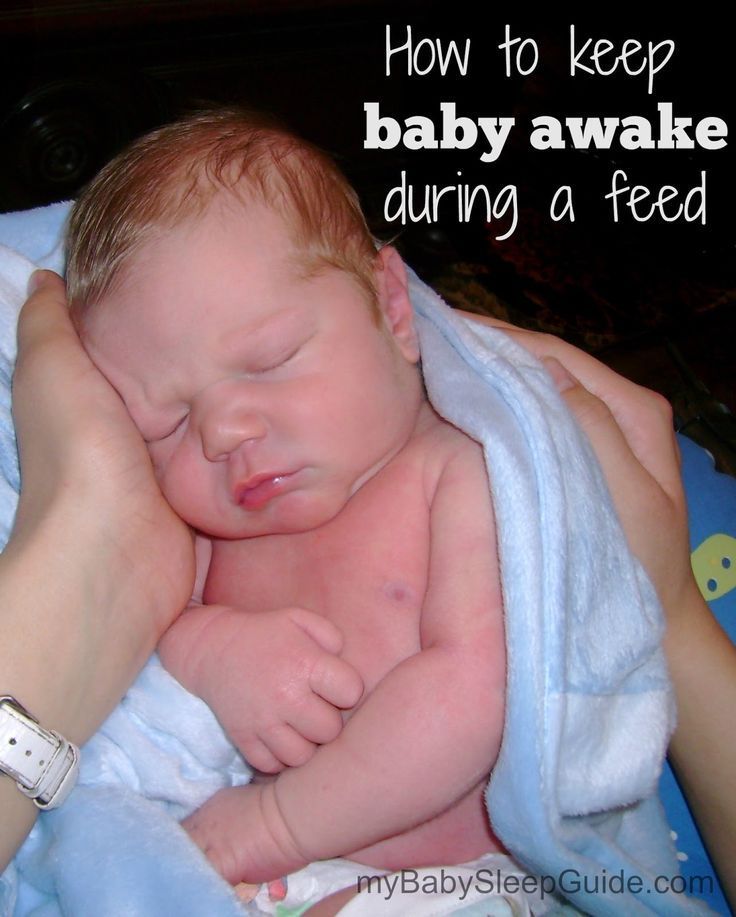
It is very important for a mother with flat or inverted nipples to ensure that her baby never suckles anything but her mother's breast after birth. The child of such a mother, having sucked on a bottle or a pacifier, quickly realizes that this is a more convenient object for sucking and begins to refuse the breast. In this situation, mom will need even more patience and perseverance.
"You can't keep a newborn at the breast for more than 5 minutes, otherwise there will be cracks"
The child should be kept at the breast for as long as he needs. Feeding ends when the baby himself releases the breast.
If we talk about cracks, there are only three groups of reasons that lead to their formation
- Mother washes her breasts before each feeding. If she does this (and even with soap, and even anoints with brilliant green after feeding - a favorite pastime in Russian maternity hospitals, for example) - she constantly washes off the protective layer from the areola, which is produced by special glands located around the nipple, and dries the skin.
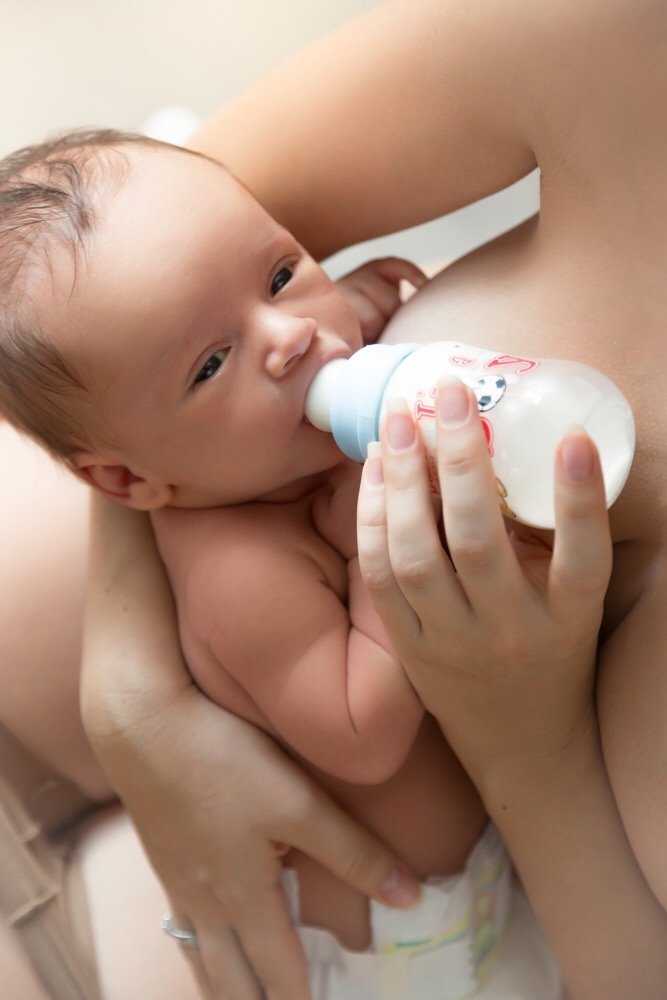 This protective lubricant exists just to prevent the loss of moisture in the delicate skin of the nipple, it has bactericidal properties and inhibits the growth of pathogenic microorganisms and, which is especially important for the child, smells about the same as amniotic fluid. The sensitive skin of some women cannot tolerate such exposure for a long time and begins to crack, even with proper attachment of the baby.
This protective lubricant exists just to prevent the loss of moisture in the delicate skin of the nipple, it has bactericidal properties and inhibits the growth of pathogenic microorganisms and, which is especially important for the child, smells about the same as amniotic fluid. The sensitive skin of some women cannot tolerate such exposure for a long time and begins to crack, even with proper attachment of the baby. -
Causes related to the incorrect position and behavior of the baby at the breast: the baby is not properly attached and sucks in the wrong position. And if this is true, then 5 minutes after 3 hours is enough for the formation of abrasions, and then cracks. The baby may latch on correctly, but in the process of suckling, he may perform various actions that can lead to cracking if the mother does not know that these actions need to be corrected and not allowed to behave like this. It must be remembered that the child has not suckled before, and does not know how to do it (he knows only the general principle of sucking).
 Unfortunately, most mothers also do not know how a baby should behave at the breast; they have never, or almost never seen it. What shouldn't a child be allowed to do? "Move out" to the tip of the nipple. This happens especially often if, during sucking, the child does not stick his nose into his mother's breast. If the mother feels that the grip is changing, she should try to press the baby with her nose to her chest. Very often this is enough for the child to “put on” correctly.
Unfortunately, most mothers also do not know how a baby should behave at the breast; they have never, or almost never seen it. What shouldn't a child be allowed to do? "Move out" to the tip of the nipple. This happens especially often if, during sucking, the child does not stick his nose into his mother's breast. If the mother feels that the grip is changing, she should try to press the baby with her nose to her chest. Very often this is enough for the child to “put on” correctly.
If this does not help, the nipple must be removed and re-inserted correctly. The baby should not suckle the breast incorrectly for a single minute. He doesn’t care how to suck, he doesn’t know that he hurts his mother, he doesn’t know that the wrong position does not allow him to suck out enough milk, he doesn’t know that with the wrong position there is not enough stimulation of his mother’s breast and there will not be enough milk production. You can not let the child play with the nipple.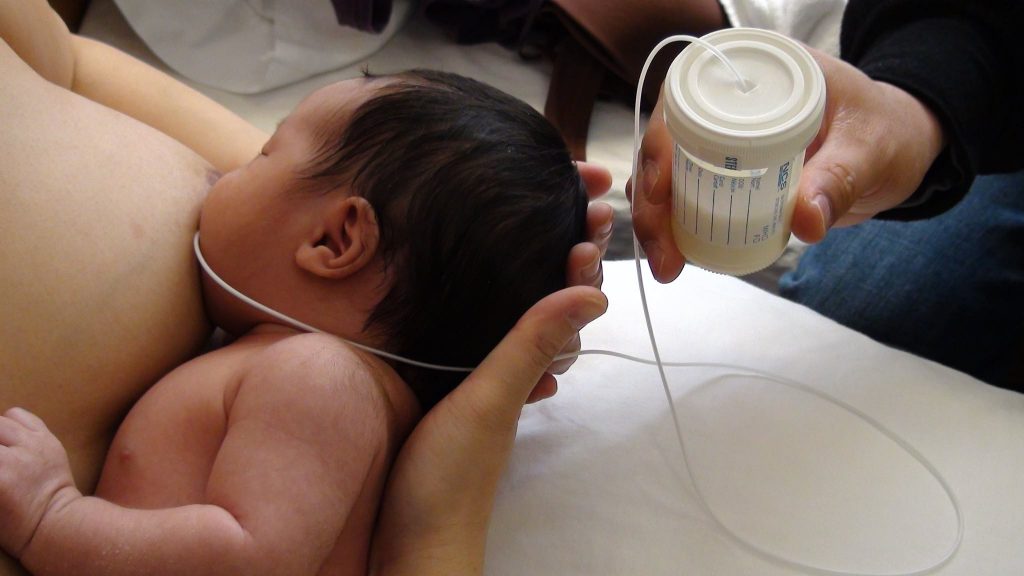 A child who has learned to slide down on the tip of the nipple sometimes begins to pass the nipple back and forth through the parted jaws. Mom, of course, it hurts or is unpleasant, but in most cases, mothers allow this to be done “If only he sucked ...” they say ... Why? It often happens that children who do not feel the touch of the breast with their nose during sucking, or do not feel it very well, begin to make search movements with the nipple in their mouth. Here you need to gently press the baby to your chest so that he understands that he is already in place and there is nothing more to look for. Sometimes, especially if the mother has long and large nipples, the baby grabs the breast in several steps, “climbing” up in several movements. This also happens in cases where the child has already sucked on the pacifier and does not open his mouth well. The nipple is injured so very quickly. To avoid this, it is necessary to properly insert the nipple into the wide-open mouth, bringing the nipple itself past the jaws, as deep as possible.
A child who has learned to slide down on the tip of the nipple sometimes begins to pass the nipple back and forth through the parted jaws. Mom, of course, it hurts or is unpleasant, but in most cases, mothers allow this to be done “If only he sucked ...” they say ... Why? It often happens that children who do not feel the touch of the breast with their nose during sucking, or do not feel it very well, begin to make search movements with the nipple in their mouth. Here you need to gently press the baby to your chest so that he understands that he is already in place and there is nothing more to look for. Sometimes, especially if the mother has long and large nipples, the baby grabs the breast in several steps, “climbing” up in several movements. This also happens in cases where the child has already sucked on the pacifier and does not open his mouth well. The nipple is injured so very quickly. To avoid this, it is necessary to properly insert the nipple into the wide-open mouth, bringing the nipple itself past the jaws, as deep as possible. Moms don't know how to breastfeed properly.
Moms don't know how to breastfeed properly.
A typical picture for maternity hospitals with separate stay is as follows: a baby was brought to the mother for 30 minutes, the baby held everything correctly and sucked well for these 30 minutes, he would still suck, but they came to pick him up and the mother pulls (slowly or quickly) his nipple from mouth. Six such pulls per day is enough for the development of abrasions. You can take the nipple only after opening the jaw with the little finger (quickly insert the tip of the finger into the corner of the mouth and turn it - it does not hurt at all and no one suffers).
Diseases of the skin of the nipples. Most often, mothers are faced with a fungal infection of the skin of the nipples - "thrush". In this situation, the skin most often looks "irritated", it can peel off, itch, cracks may appear, even despite proper application, there may be pain during and after sucking, piercing pains along the milk ducts. This problem is usually solved with the use of specific treatment and also has nothing to do with the topic of preparing the breast for feeding or the time the baby is at the breast.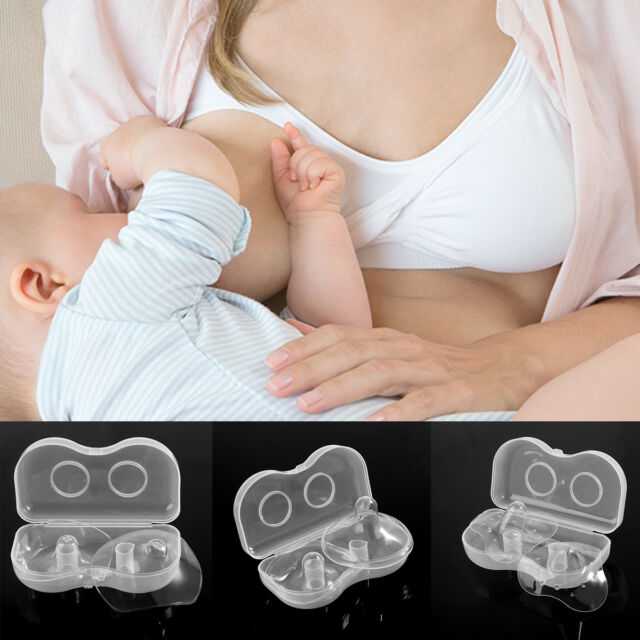
“While there is no milk, it is necessary to drink more water”
The first day after childbirth, liquid colostrum forms in the breast of a woman, on the second day it becomes thick, on 3-4 days transitional milk may appear, 7-10-18 days - milk become mature. Colostrum is scarce and thicker than milk. This is the main argument in most Russian maternity hospitals in favor of supplementing and feeding the child (otherwise he allegedly suffers from hunger and thirst).
If a child needed large volumes of liquid immediately after birth, then nature would arrange the woman in such a way that she would be flooded with colostrum immediately after childbirth. But the child does not need extra water at all. All he needs he gets from colostrum and milk! The water that is given to the child while the mother has colostrum literally “washes away” the colostrum from the gastrointestinal tract, depriving the baby of the action of colostrum necessary for him. Water is given from a bottle, which leads to "tangled nipples" in the baby and may lead to refusal of the breast.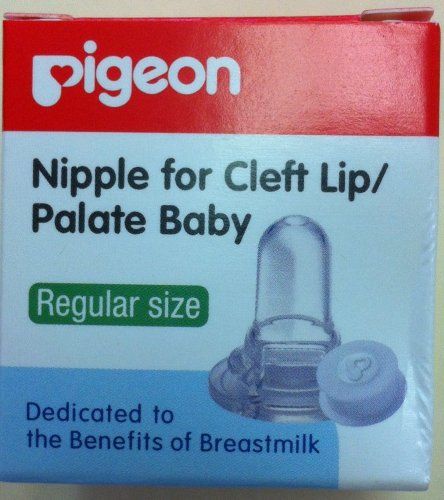 Water causes a false feeling of fullness and reduces the need for suckling in a child. If we give a child 100 g of water per day, he sucks 100 g less milk (this applies not only to a newborn). The kidneys of a newborn are not ready for a large load of water and begin to work with overload. The list of arguments against can be continued, but these are enough.
Water causes a false feeling of fullness and reduces the need for suckling in a child. If we give a child 100 g of water per day, he sucks 100 g less milk (this applies not only to a newborn). The kidneys of a newborn are not ready for a large load of water and begin to work with overload. The list of arguments against can be continued, but these are enough.
“While there is no milk, it is necessary to supplement the child with formula, otherwise he will lose weight, starve”
The child is not designed to receive anything other than colostrum and milk. In the first days after birth, one colostrum is enough for him. Weight loss in the first day of life is a physiological norm. Newborns lose up to 6-8% of their birth weight in the first two days of their lives. Most children regain their weight or begin to put on weight by 5-7 days of life. Supplementary feeding with a mixture in the first days of a child's life is nothing more than a gross interference in the functioning of the baby's body. You can call this intervention a metabolic catastrophe. But in most Russian maternity hospitals, this is completely ignored!
You can call this intervention a metabolic catastrophe. But in most Russian maternity hospitals, this is completely ignored!
In addition, the introduction of supplementary feeding is carried out through a bottle, which very quickly leads to "tangled nipples" and the baby refuses the breast. Sometimes one or two bottle feedings are enough to stop a baby from breastfeeding! The mixture causes a feeling of fullness, lingers in the stomach for a long time, the child has a reduced need to suckle the breast, which leads to a decrease in breast stimulation and a decrease in milk production.
“I feed my baby on demand! He demands from me in 3.5 hours!”
Feeding on demand means putting the baby to the breast for every disturbance or search. The baby needs breastfeeding around every sleep, he falls asleep at the breast and when he wakes up, he is given the breast. A newborn child in the first week of his life can indeed be applied relatively rarely - 7-8 times a day, but in the second week of life, the intervals between applications are always reduced.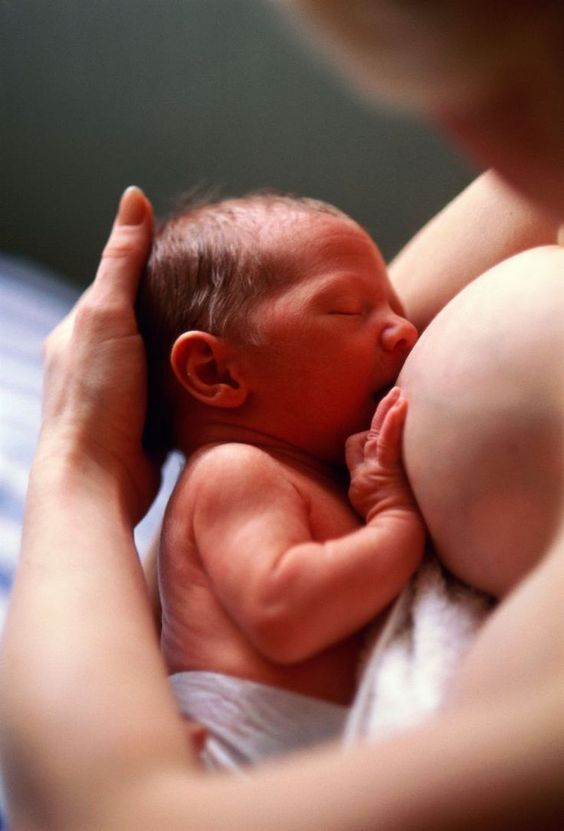 During wakefulness, the child can ask for a breast up to 4 times per hour, i.e. every 15 minutes! Usually a child fed on demand is applied in the first month of life 12 or more times a day, usually 16-20 times. If a child in the first months of life is applied less than 12 times, then the mother either does not notice his modest requests, or ignores them (meaning a healthy, physiologically mature child).
During wakefulness, the child can ask for a breast up to 4 times per hour, i.e. every 15 minutes! Usually a child fed on demand is applied in the first month of life 12 or more times a day, usually 16-20 times. If a child in the first months of life is applied less than 12 times, then the mother either does not notice his modest requests, or ignores them (meaning a healthy, physiologically mature child).
In the overwhelming majority of cases, at the moment when the child begins to ask for a breast more often, the mother decides that the child is starving and introduces supplementary feeding. And the child asks for breasts not at all because he is hungry. He constantly needs a sense of confirmation of physical contact with his mother. During his life in his mother's belly, he is very used to the following: warm, crowded, I hear my heart beating, my lungs breathe, my intestines growl, I smell and taste amniotic fluid (filling the baby's nose and mouth), almost all the time I suck a fist (studies suck).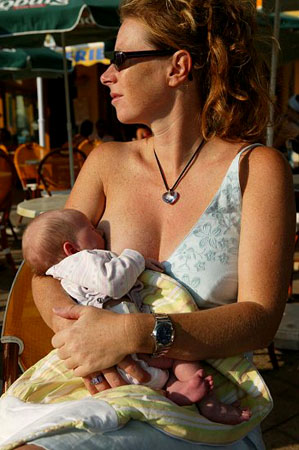 Only in these conditions the baby feels comfortable and safe. After childbirth, he can get into such conditions only if his mother takes him in her arms, puts him on her breast, and then he will again feel cramped, warm, he will hear familiar rhythms, start sucking and feel the familiar smell and taste (the smell and taste of milk are similar to the taste and smell of amniotic fluid). And a newborn child wants to get into such conditions as often as possible. And a modern mother is waiting, she can’t wait, when the intervals between feedings will increase, when will the child start eating in 3.5-4 hours, when will he stop waking up at night ??? Hurry!!! And, usually, to the timid attempts of the child to ask for a breast, he answers with a pacifier, a rattle, gives some water, talks, entertains. The child is most often applied to the breast only when he wakes up. And he quickly agrees with this position. The child always takes the mother's position. But here a “pitfall” awaits mother and baby - insufficient breast stimulation and, as a result, a decrease in the amount of milk.
Only in these conditions the baby feels comfortable and safe. After childbirth, he can get into such conditions only if his mother takes him in her arms, puts him on her breast, and then he will again feel cramped, warm, he will hear familiar rhythms, start sucking and feel the familiar smell and taste (the smell and taste of milk are similar to the taste and smell of amniotic fluid). And a newborn child wants to get into such conditions as often as possible. And a modern mother is waiting, she can’t wait, when the intervals between feedings will increase, when will the child start eating in 3.5-4 hours, when will he stop waking up at night ??? Hurry!!! And, usually, to the timid attempts of the child to ask for a breast, he answers with a pacifier, a rattle, gives some water, talks, entertains. The child is most often applied to the breast only when he wakes up. And he quickly agrees with this position. The child always takes the mother's position. But here a “pitfall” awaits mother and baby - insufficient breast stimulation and, as a result, a decrease in the amount of milk.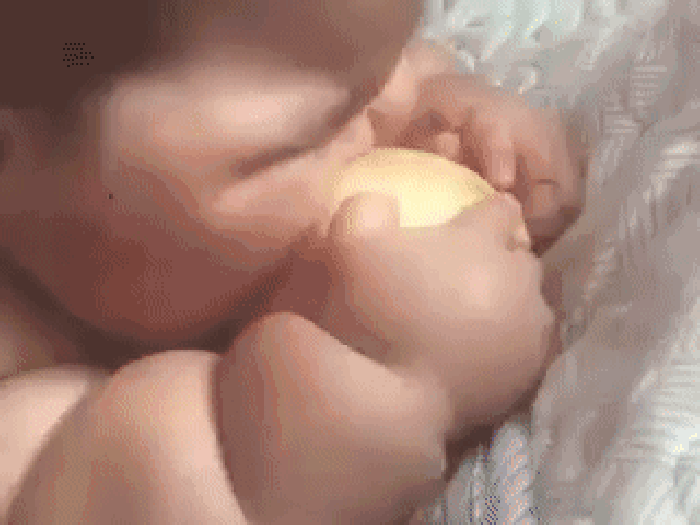
“Feeding on demand is a nightmare! It is impossible to sit and feed the child for days!”
That's what mothers who can't breastfeed say. With properly organized feeding, mom is resting! She lies, relaxed, hugs the baby, the baby sucks. What could be better? Most women cannot find a comfortable position, they sit, they hold the child awkwardly, their back or arm numbs, if they feed lying down, it usually “hangs” over the child on the elbow, the elbow and back become numb. Moreover, if the child does not take the breast well, it hurts the mother ... What kind of pleasure can we talk about here? In the first month - one and a half after childbirth, when the child is applied chaotically, without a pronounced regimen, sucks often and for a long time, the mother can feel good only if breastfeeding is organized correctly, it is convenient for the mother to feed, she knows how to do it standing, lying down and sitting, and even moving.
“After each feeding, you must express the rest of the milk, otherwise the milk will be wasted”
No, you do not need to express after each feeding if breastfeeding is properly organized.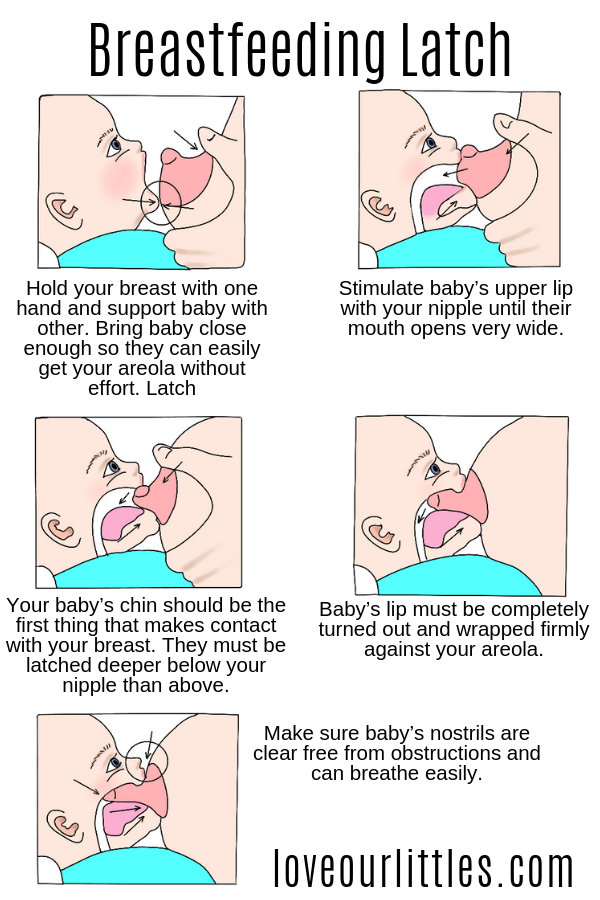 If you feed your baby 6 times a day and do not express, indeed, milk can disappear very quickly. If you express after each feeding, then you can support lactation for some time. The terms are different, but rarely it is more than six months, cases of feeding on such behavior for more than a year are isolated.
If you feed your baby 6 times a day and do not express, indeed, milk can disappear very quickly. If you express after each feeding, then you can support lactation for some time. The terms are different, but rarely it is more than six months, cases of feeding on such behavior for more than a year are isolated.
When feeding a baby on demand, the mother always has as much milk as the baby needs and there is no need to pump after each application. In order for the newborn to completely suck out the breast, it is applied to one breast for 2-3 hours, and to the other for the next 2-3 hours. Somewhere after 3 months, when the child is already applied relatively rarely, he may need a second breast in one attachment, then the next time he is applied to the one that was last.
There is one unpleasant “pitfall” in regular pumping after feeding, which even most doctors are not aware of. It's called lactase deficiency. When a mother expresses after a feed, she expresses just the “hind” fatty milk, which is relatively poor in milk sugar, lactose.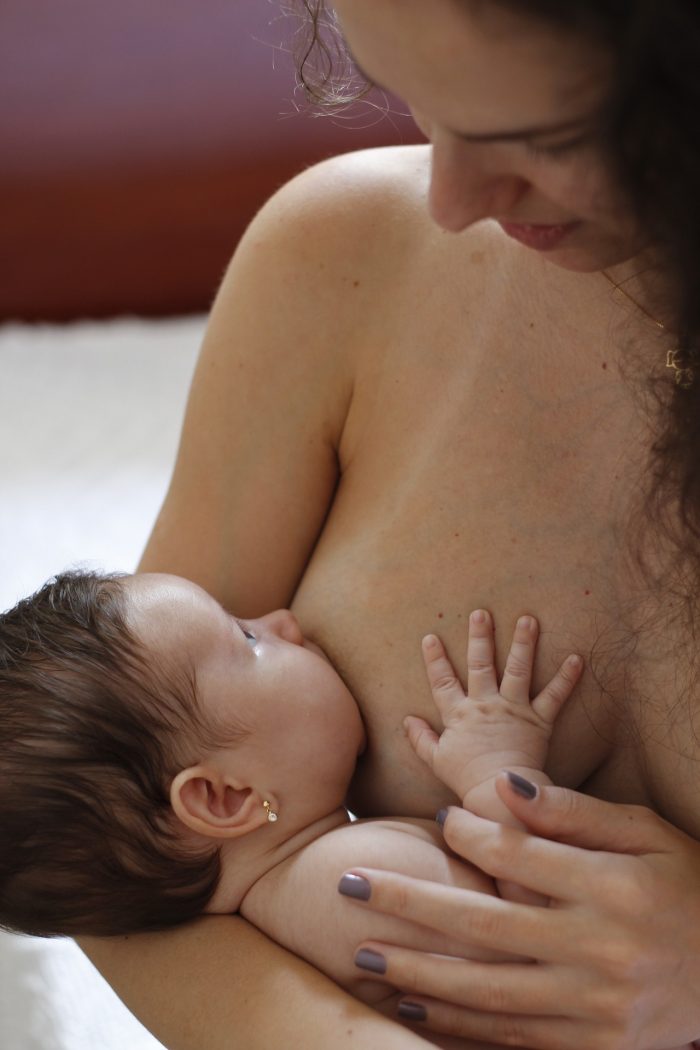 She feeds the child mainly with the anterior portion, which accumulates in the breast between rare feedings. There is a lot of lactose in the anterior portion. The child is fed "only lactose", the gastrointestinal tract of the child after some time ceases to cope with such volumes of lactose. Lactase deficiency develops (Lactase is an enzyme that breaks down lactose - milk sugar, it begins to be missed). This is one of the reasons for the development of lactase deficiency; the second, for example, is this: the mother gives the child two breasts in one feeding. But about this separately.
She feeds the child mainly with the anterior portion, which accumulates in the breast between rare feedings. There is a lot of lactose in the anterior portion. The child is fed "only lactose", the gastrointestinal tract of the child after some time ceases to cope with such volumes of lactose. Lactase deficiency develops (Lactase is an enzyme that breaks down lactose - milk sugar, it begins to be missed). This is one of the reasons for the development of lactase deficiency; the second, for example, is this: the mother gives the child two breasts in one feeding. But about this separately.
“You should give your baby two breasts at one feeding.”
No, it is not necessary to give two breasts. A newborn baby can be applied for 1.5-3 hours to one breast. Then 1.5-3 hours to another (for example, the baby woke up, sucked a little and didn’t want to anymore, but after 30 minutes he wanted to suck a little more. After 20 minutes, he sucked longer and fell asleep; all these attachments were from one breast; when the baby wakes up, you can offer him another breast). We need this so that the baby sucks the breast to the end, and receives "front" and "hind" milk in a balanced amount. If the baby is transferred to the other breast in the middle of feeding, he will receive less fat-rich hind milk. He will suck mainly the front portion from one breast and add the same from the other. Foremilk is rich in lactose, and after a while the baby can no longer cope with the load of lactose. Lactose intolerance develops.
We need this so that the baby sucks the breast to the end, and receives "front" and "hind" milk in a balanced amount. If the baby is transferred to the other breast in the middle of feeding, he will receive less fat-rich hind milk. He will suck mainly the front portion from one breast and add the same from the other. Foremilk is rich in lactose, and after a while the baby can no longer cope with the load of lactose. Lactose intolerance develops.
Transferring a baby from one breast to another can cause hyperlactation in some women, and if the mother also expresses both breasts after each feeding ... There are such mothers. Curtailing excess milk is sometimes more difficult than adding missing ... In some cases, feeding at one feeding from two breasts is necessary to stimulate lactation when there is a shortage of milk. A growing baby, most often after 3-4 months, may need two breasts in one feeding. Then the next application begins with the breast that was last.
“The more liquid you drink, the more milk”
There are mothers who try to drink as much as possible, sometimes up to 5 liters of liquid per day. And a nursing mother should drink only as much as she wants. By thirst. Mom shouldn't be thirsty. And if water is drunk on purpose, and even more than 3-3.5 liters per day, lactation can begin to be suppressed.
And a nursing mother should drink only as much as she wants. By thirst. Mom shouldn't be thirsty. And if water is drunk on purpose, and even more than 3-3.5 liters per day, lactation can begin to be suppressed.
“Sucking the fist is very harmful”
The whole end of pregnancy the child sucked the fist, so he learned to suck. Fist sucking is one of the inborn habits of a newborn. After childbirth, the baby begins to suck on the fist as soon as it enters his mouth. At 3-4 months, the fist is the first thing that the baby can put into his mouth on his own. He can do things on his own!!! This is amazing! And at this age, many babies begin to actively suck their fingers and fists. There is nothing wrong with this. Mom only needs to watch the baby a little. If a baby plays with a fist, then he sucks, then he stops, he can not be distracted from this activity. If the baby begins to actively suck the fist, then the baby wants to suck for real, offer him a breast. If the need to suckle the baby is fully satisfied by the breast, then the baby stops sucking the fist by 5-6 months.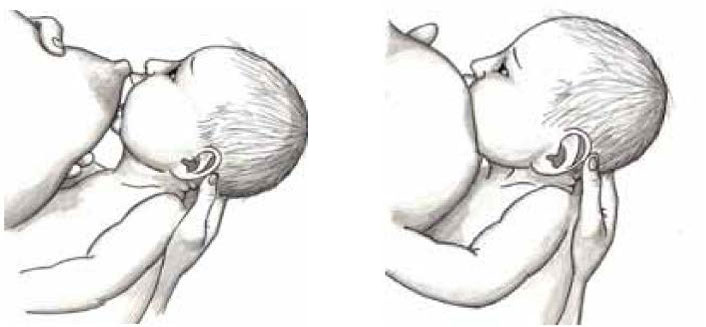 (Then, at 6-7 months, he begins to “look for teeth”, but this is a completely different behavior). The cam baby sucks almost the same as the breast, opening its mouth wide. Some babies have a very funny behavior when, having stuck to the chest, the baby tries to put his fist in his mouth ...
(Then, at 6-7 months, he begins to “look for teeth”, but this is a completely different behavior). The cam baby sucks almost the same as the breast, opening its mouth wide. Some babies have a very funny behavior when, having stuck to the chest, the baby tries to put his fist in his mouth ...
"My baby needs a pacifier"
The baby is not designed by nature to suckle anything other than the breast (and the fist, in a pinch). A child is always taught to use a pacifier. There are children who immediately push out the pacifier with their tongue. And there are those who begin to suck it. There are mothers who hold the pacifier with their finger so that her child does not push it out. Usually, the first time a baby gets a dummy is when he showed concern and the mother does not know how to calm him down. To calm down, the child needs to suck on the breast, well, they didn’t give him a breast, they gave him something else, he will have to suck what they give ...
“A child often asks for breasts, which means that he is hungry, there is not enough milk for him”
As mentioned above, a newborn child asks to be breastfed often, not at all because he is hungry. He wants to suck, he wants to mom. He constantly needs confirmation of psycho-emotional and physical contact with his mother.
He wants to suck, he wants to mom. He constantly needs confirmation of psycho-emotional and physical contact with his mother.
“Sufficient milk or not, we will find out on control feeding”
We will not learn anything on control feeding (the child is weighed before and after feeding, the difference is calculated and find out how much he sucked for feeding). Because:
- A baby who feeds on demand constantly sucks different portions of milk. In one application 5 ml, in another - 50, in the third - 150. You can get 5 ml. (Once I weighed my daughter after 30 minutes of suckling. She gained 14 g. In the first month of her life, she gained 1200 g - and what would the district pediatrician tell me if this was control feeding in the clinic?)
- The newborn is designed to receive small portions of milk, but often. The vast majority of newborns in the conditions of feeding 6-7 times a day still suck out small portions of milk, and not 6 times 120 ml. And of course they don't eat.
 They start gaining poorly or stop gaining weight, or lose weight altogether.
They start gaining poorly or stop gaining weight, or lose weight altogether.
Whether or not enough milk is available can be determined in two ways:
Wet diaper test. (This is a test for wet diapers, not for used diapers, because you need to know exactly the number of urination). If a child older than 7 days pees more than 6-8 times a day, his urine is light, transparent, odorless, then he receives a sufficient amount of milk. Usually the child pees during wakefulness every 15-30 minutes. If a mother uses diapers, but wants to find out if there is enough milk or not, she needs to remove the diapers from the child for three hours. If the baby pees 3-4 times or more in three hours, then you can not count further. If you peed 3 times or less, we count for 6 hours. If in six hours he peed 4-5 times or more, you can not count further, if less than 4, we count further. And so on… Weekly weight gain (for a child older than 7 days) should be between 125 and 500 g.
“If applied frequently, the baby will suck everything out quickly, the breast is soft all the time – there is no milk.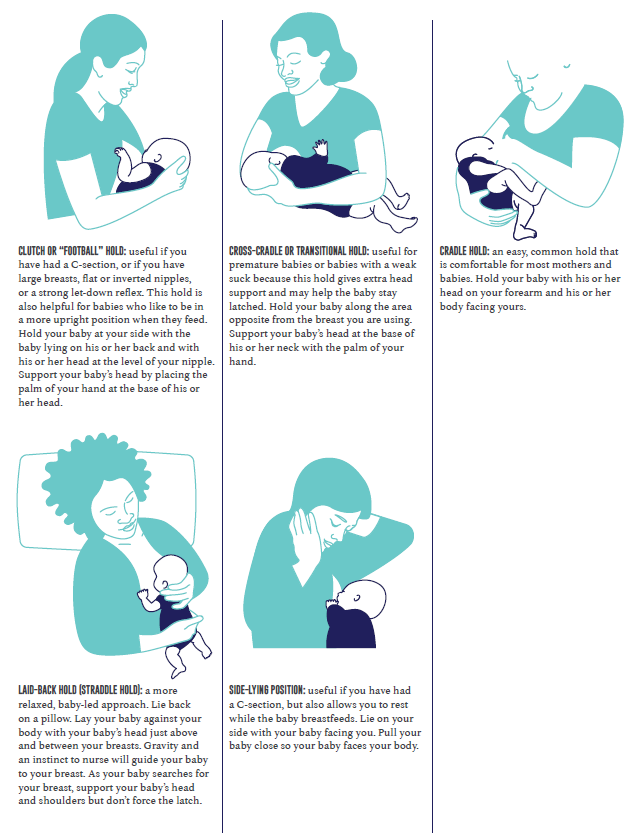 It is necessary to “save” milk for feeding”
It is necessary to “save” milk for feeding”
When feeding a child on demand, the breast becomes soft about a month after the start of feeding, when lactation becomes stable. Milk begins to be produced only when the baby suckles. The breast is never “empty”, in response to the sucking of the child, milk is constantly produced in it. If the mother is trying to fill her breasts for feeding, waiting for the breasts to “fill up”, she gradually reduces the amount of milk by such actions. The more mother attaches the child, the more milk, and not vice versa.
“The stomach needs to rest”
But the child's stomach doesn't work very well. Milk there only curdles and is quickly evacuated to the intestines, where the actual digestion and absorption takes place. This is the prejudice from the old song about feeding according to the schedule after 3 hours. The newborn does not have a clock. No mammal makes even intervals in feeding its newborns. The body of the child is adapted to the continuous flow of mother's milk, and he does not need to rest at all.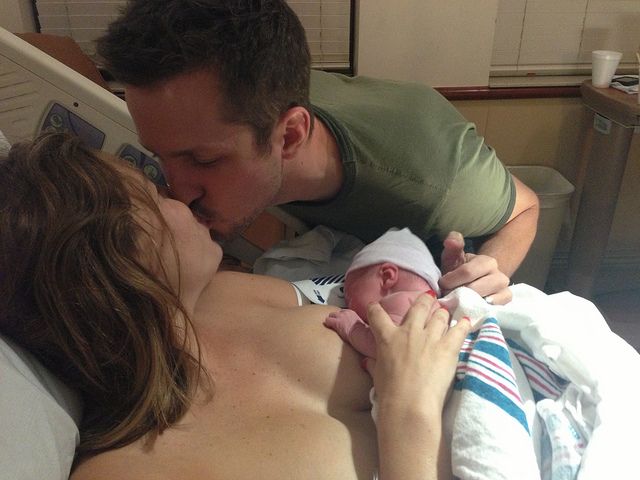
“After each feeding, keep the baby upright for 20 minutes”
Do not hold the baby upright after each feeding, especially if the baby has fallen asleep. Most of the time the baby lies on its side. If he burps a little, then the diaper just changes under his cheek. It is necessary to hold the artificial man vertically so that he does not spill the 120g poured into him. And we are talking about babies who are fed on demand and receive small portions of mother's milk. In addition, the cardiac sphincter of the stomach needs training, which it can only receive if the child is lying down.
“You need to sleep at night”
At night, you need to not only sleep, but suck your breast. Most newborn children are so arranged that they sleep from 10-11 pm to 3-4 am, then they begin to wake up and ask for breasts. In a child of the first month of life, applications in the morning hours (from 3 to 8) are usually 4-6. Night feedings with properly organized breastfeeding look something like this: the baby got worried, the mother put it to the breast, the baby sleeps sucking and the mother also sleeps, after a while he lets go of the breast and sleeps more soundly. And such episodes happen in a night 4-6. All this is easy to organize if the mother sleeps with her child, and for this she needs to be able to feed lying down in a comfortable position.
And such episodes happen in a night 4-6. All this is easy to organize if the mother sleeps with her child, and for this she needs to be able to feed lying down in a comfortable position.
If the baby sleeps separately from the mother, in his own bed, then he stops waking up for morning feedings, sometimes already a week after birth, sometimes by 1.5-2 months. Most modern mothers take this with relief, because. for them, finally, the night running back and forth, nodding while sitting in a chair or on a bed over a sucking child, and some also pumped at night ... And here they are waiting for a pitfall called insufficient stimulation of prolactin and, as a result, a decrease in the amount of milk . A mother and her child are a wonderful self-regulating system. While the baby has a need to suck in the morning, his mother produces the maximum amount of prolactin, just from about 3 to 8 in the morning.
Prolactin is always present in the female body in small amounts, its concentration in the blood increases significantly after the baby begins to breastfeed, most of all it is obtained in the morning hours from 3 to 8 in the morning. Prolactin, which appeared in the morning, is engaged in the production of milk during the day. It turns out who sucks at night, stimulates his mother's prolactin and provides himself with a decent amount of milk during the day. And whoever fails to suckle at night, he can quite quickly be left without milk during the day. No mammal takes a nightly break from feeding its young.
Prolactin, which appeared in the morning, is engaged in the production of milk during the day. It turns out who sucks at night, stimulates his mother's prolactin and provides himself with a decent amount of milk during the day. And whoever fails to suckle at night, he can quite quickly be left without milk during the day. No mammal takes a nightly break from feeding its young.
“I lost my milk because of my “nerves””
Milk production depends on the hormone prolactin, the amount of which depends on the number of times the baby is latched on and nothing else. The experiences of the mother on any occasion do not affect him. But the release of milk from the breast depends on the hormone oxytocin, which is engaged in the fact that it contributes to the contraction of muscle cells around the lobules of the gland and thereby contributes to the flow of milk. The amount of this hormone is very dependent on the psychological state of the woman. If she is frightened, tired, in pain or in any other discomfort during feeding, oxytocin stops working and milk stops flowing from the breast. A child cannot suck it out, a breast pump does not express it, and it cannot come out with its hands ...
A child cannot suck it out, a breast pump does not express it, and it cannot come out with its hands ...
The manifestation of the “oxytocin reflex” was observed by every breastfeeding woman: when a mother hears the crying of a child (and not necessarily her own), her milk begins to leak. The body tells the mother that it is time to apply the baby. In a situation of stress or fear, nothing like this is observed. (Relationship to the ancient instinct of self-preservation: if a woman runs from a tiger and she smells of leaking milk, the tiger will find and eat her faster, so while she runs in fear through the jungle with a child under her arm, the milk will not leak when she gets to the safety of the cave - and calmly settle down to feed the child, the milk will come again.)
Modern stressful situations work like those tigers. In order for milk to flow out again, you must try to relax during feeding, think only about the child. You can drink soothing herbs, shoulder massage, calm conversation helps well. Anything to help you relax. And most modern mothers are not able to relax during feeding, it is uncomfortable for them to sit or lie down, it can be painful to feed - all this prevents the manifestation of the oxytocin reflex - milk remains in the breast, which leads to a decrease in lactation.
Anything to help you relax. And most modern mothers are not able to relax during feeding, it is uncomfortable for them to sit or lie down, it can be painful to feed - all this prevents the manifestation of the oxytocin reflex - milk remains in the breast, which leads to a decrease in lactation.
"The baby is too fat, it is necessary to limit the number of feedings and give water"
A breastfed child gains 125 to 500 g per week, or 500 to 2000 g per month. Usually, by 6 months, a child born with a weight of 3-3.5 kg weighs about 8 kg. The rate of gain is very individual, there is never any talk of "overfeeding", children who are actively gaining weight grow rapidly in length and look proportionate. Children who add 1.5-2 kg per month in the first half of life, usually sharply reduce weight gain in the second half of the year, and by the year they can weigh 12-14 kg. There is never a need to limit the number of feedings, much less to give water.
“Baby lacks nutrients, needs complementary foods from the age of 4 months”
The need for other food manifests itself in a child of about 6 months of age, when he begins to actively wonder what everyone is eating there.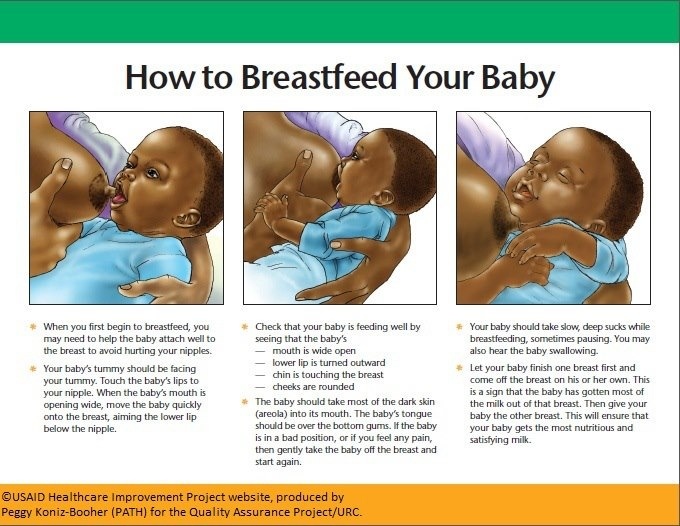 And if a mother takes a baby to the table with her, he begins to actively take an interest in the contents of his plate. This behavior is called active food interest, and it indicates that the child is ready to get acquainted with new food and can begin it. Nevertheless, breast milk remains the main food of the child in the first year of life, and in many cases even at the beginning of the second, contains absolutely all the nutrients the child needs and much more.
And if a mother takes a baby to the table with her, he begins to actively take an interest in the contents of his plate. This behavior is called active food interest, and it indicates that the child is ready to get acquainted with new food and can begin it. Nevertheless, breast milk remains the main food of the child in the first year of life, and in many cases even at the beginning of the second, contains absolutely all the nutrients the child needs and much more.
"A nursing mother should have a strict diet"
Food should be habitual. It is preferable not to use exotic foods in the diet that are not characteristic of the "native" climatic zone. A breastfeeding mother may have interesting nutritional needs, and they must be met in the same way as the desires of a pregnant woman. A woman should eat according to her appetite, and not stick food for two into herself. And, of course, you need to try to eat healthy food. Do not use products containing preservatives, dyes and other unhealthy substances.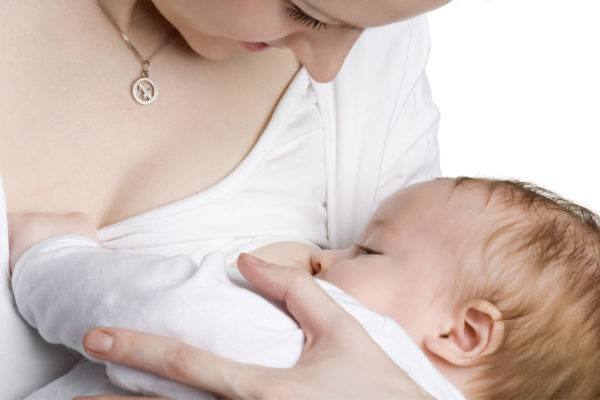
“A child should be fed for no more than a year, then there is nothing useful in milk anyway”
After a year of lactation, the quality of milk does not deteriorate at all. Milk continues to be a source of all the necessary nutrients for the child, and in addition, it supplies enzymes that help the child absorb food, contains the baby's immune defenses, and a lot of other substances that are not found in artificial mixtures, or in baby food, or in food. adults (hormones, tissue growth factors, biologically active substances and much, much more).
And don't forget that breastfeeding is not only nutrition, it is a special way of communication between mother and baby. Breastfeeding is necessary not only to eat, but also, for example, to sleep peacefully, or to receive comfort, support in difficult times. All this is necessary not only in the first year of life.
Lilia Kazakova, pediatrician,
Head of Breastfeeding and Child Care Consultants.
How can you tell if your baby is getting enough milk?
Category: Breastfeeding.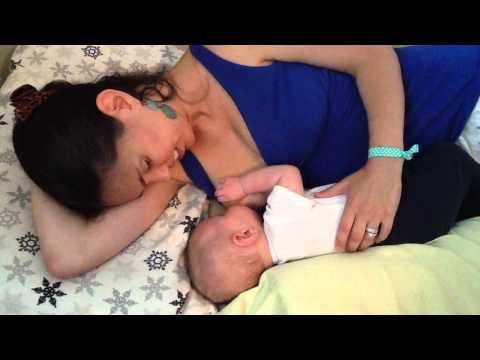
A child who is breastfed should be applied to the breast at his request during the day, and at least 3 times at night, on average 10-12 times a day. Feeding on demand - this means that at the first sign of restlessness of the baby, it must be applied to the chest. In order for the child to be satiated, it must be correctly attached to the breast, it must suck rhythmically for about 5-20 minutes, swallowing movements should be heard during sucking (swallowing milk), a well-fed child can fall asleep under the breast, after feeding the breast should become soft. Signs of a hungry baby: opens her mouth wide, turns her head in different directions (looking for a nipple), whimpers, sucks her fist.
A child suckles at the breast not only to quench thirst or hunger, but also to calm down, comfort, it is easier to fall asleep, recover, and get gassies out. Newborns are not able to regulate their bowels, therefore, in order to push out gassies, they need a new portion of milk.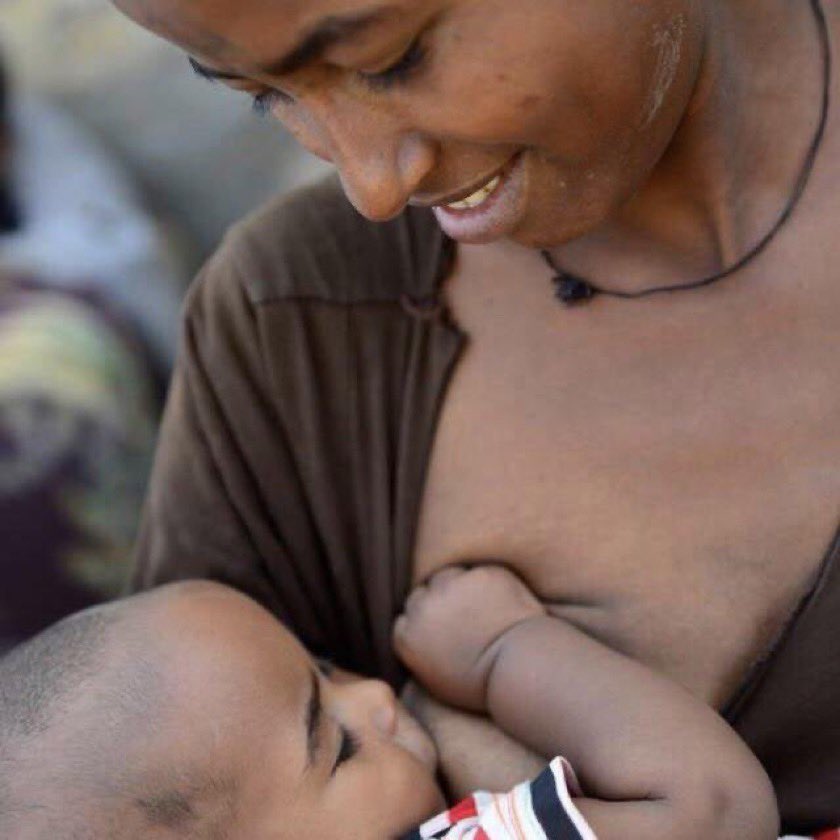 Therefore, the younger the children, the more often they need to be applied to the chest. If the child is not capricious, gains weight well, neuropsychic development corresponds to age, this indicates that the body develops normally, it has enough food and enough milk, but this only applies to children under 6 months old. A child who is breastfed (up to 6 months) must gain weight at least 500 g per month, the upper limit of the increase for each child is individual. But if the process of eruption of milk teeth began earlier, then weight gain is possible and less than 500 g.
Therefore, the younger the children, the more often they need to be applied to the chest. If the child is not capricious, gains weight well, neuropsychic development corresponds to age, this indicates that the body develops normally, it has enough food and enough milk, but this only applies to children under 6 months old. A child who is breastfed (up to 6 months) must gain weight at least 500 g per month, the upper limit of the increase for each child is individual. But if the process of eruption of milk teeth began earlier, then weight gain is possible and less than 500 g.
What should I do to get enough milk?
- Milk production occurs under the influence of two hormones, prolactin and oxytocin, which are produced in response to the suckling of the breast of a woman who has given birth. Therefore, in order to stimulate the production of milk, frequent stimulation of these two hormones is necessary, this implies frequent attachment of the baby to the breast (necessarily night attachments), proper breastfeeding.
